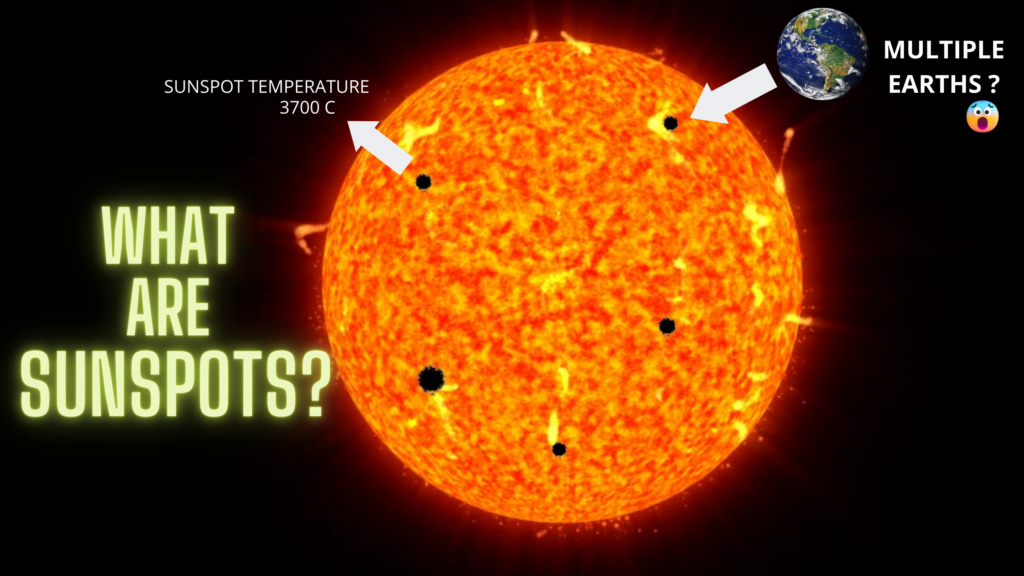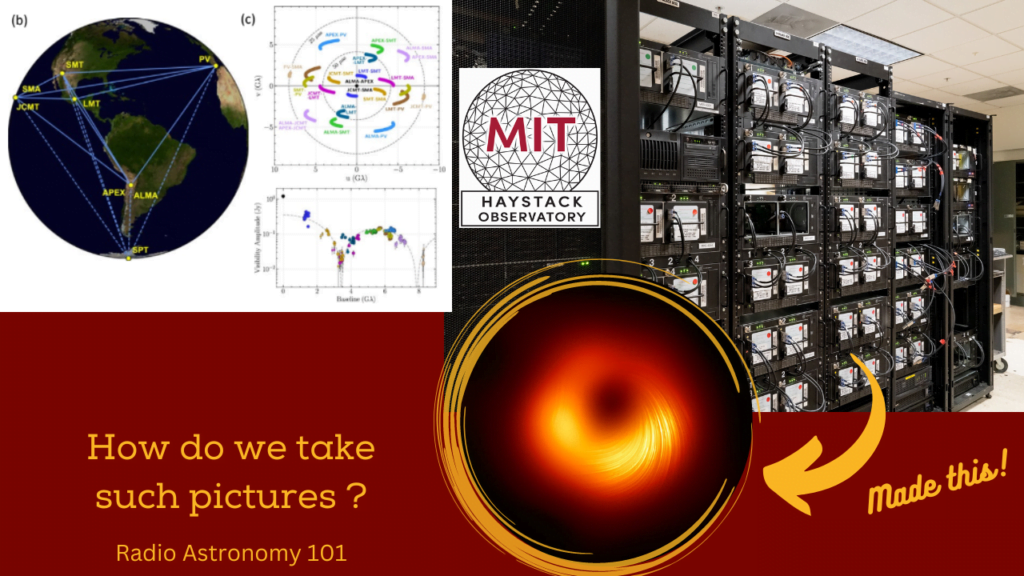Did Betelgeuse just consume a companion star?
In the vast expanse of our night sky, few stars have captured the imagination of both astronomers and the public quite like Betelgeuse. This red supergiant, marking the right shoulder of the constellation Orion, has been the subject of intense scientific scrutiny in recent years. Now, groundbreaking research suggests that Betelgeuse may have devoured a companion star, leading to its unusual behavior and challenging our understanding of stellar evolution.
The Betelgeuse Mystery
Located approximately 600 light-years from Earth, Betelgeuse has been puzzling scientists with its erratic dimming and brightening. In 2019, the star underwent a significant dimming event dubbed the “Great Dimming,” sparking speculation about an imminent supernova. However, recent observations using the Atacama Large Millimeter/submillimeter Array (ALMA) have revealed an even more intriguing phenomenon: Betelgeuse is rotating much faster than expected for a star of its size and age.
Unexpected Rapid Rotation
ALMA measurements show that Betelgeuse completes one rotation in about 20 years, translating to a surface velocity of roughly 5 km/s or 18,000 km/h. This is approximately 150 times faster than predictions based on standard stellar evolution models. To put this in perspective, our Sun rotates about once every 27 days at its equator.
The Stellar Cannibalism Theory
To explain this anomaly, researchers led by Dr. Jing-Ze Ma at the Max Planck Institute for Astrophysics have proposed a startling theory: Betelgeuse may have absorbed a companion star. This process, known as stellar cannibalism, would have transferred the angular momentum of the smaller star to Betelgeuse, significantly increasing its rotation rate.
Evidence supporting this theory includes:
- Elevated nitrogen levels in Betelgeuse’s outer atmosphere, indicating recent internal mixing.
- Simulations showing that a merger event could explain the observed rotation rate.
- The star’s unusual size and mass compared to other red supergiants.
Implications for Stellar Evolution
This discovery has far-reaching implications for our understanding of stellar evolution. It suggests that many red supergiants might have a hidden history of stellar mergers, challenging the notion that these stars evolve in isolation.
Supernova Prospects
While Betelgeuse’s behavior initially raised concerns about an imminent supernova, the stellar merger theory suggests a different scenario. The star may be further along in its evolutionary path than previously thought, but not necessarily on the brink of explosion.
When Betelgeuse does eventually go supernova, it will be a spectacular sight. At its distance of 600 light-years, it poses no threat to Earth but will likely outshine the full moon and be visible during daylight for weeks.
Observational Techniques
Astronomers used the Doppler effect to measure Betelgeuse’s rotation. This technique, which also explains why ambulance sirens change pitch as they pass by, allowed scientists to detect subtle color shifts across the star’s surface caused by its rotation.
Future Research
The Betelgeuse discovery opens up new avenues for research in stellar physics. Scientists are now focusing on obtaining higher-resolution images and more detailed data to confirm whether the rapid rotation is a true phenomenon or possibly an optical illusion created by the star’s turbulent surface.
Conclusion
The case of Betelgeuse reminds us that the universe is full of surprises. What was once thought to be a simple, albeit massive, star in our cosmic neighborhood has turned out to be a complex system with a potentially violent past. As we continue to study Betelgeuse and other red supergiants, we’re likely to uncover more secrets about the life and death of stars, furthering our understanding of the cosmos and our place within it.

